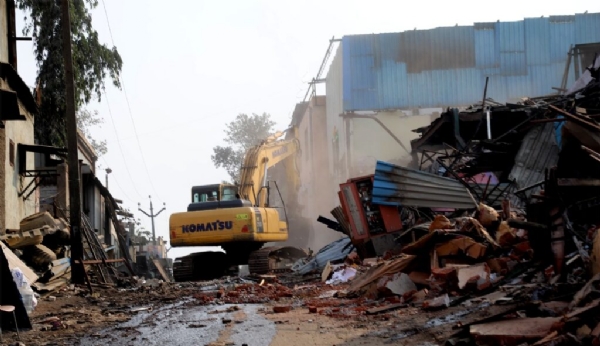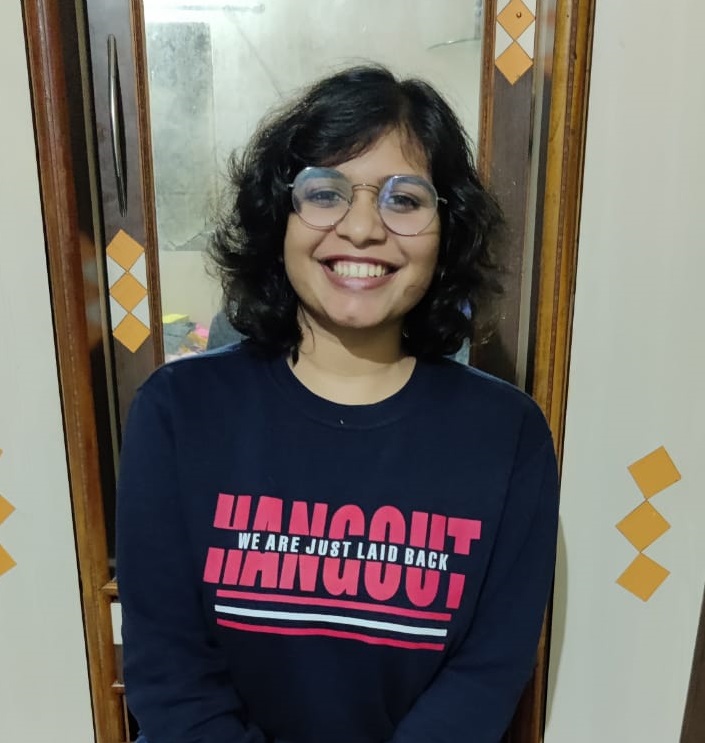Dealing with Illegal Bangladeshi Migration: Mapping state's responses across nation
Illegal Bangladeshi infiltration is not merely an immigration issue — it’s a creeping insurgency against India’s demographic sovereignty.
Total Views |
India has long been a nation that embraces diversity and inclusion, but these very virtues are now being manipulated by a dangerous force of illegal infiltration of Bangladeshi . Once perceived as a concern isolated to the eastern borders of Assam and West Bengal, this demographic invasion has now silently crept into the very heart of India, including industrial hubs like Maharashtra and Gujarat. The threat is no longer just about porous borders but it is about the slow corrosion of India’s demographic identity, internal security, and socio-political stability.

Over the last few years, extensive ground-level reporting and on-field interactions with security forces and intelligence officers have made one thing clear: Bangladeshi infiltration is not a sporadic occurrence. It is systematic, organised, and alarmingly political.
Maharashtra's Brewing Demographic Volcano
As a defence journalist, I have personally observed how cities like Mumbai, Pune, and Nagpur, that once insulated from illegal immigration concerns, are now hubs of Bangladeshi settlement. In 2024 alone, the Pimpri-Chinchwad Police Commissionerate arrested 33 Bangladeshi and Rohingya nationals and cancelled 62 forged passports. The arrested infiltrators were found living in strategically growing industrial pockets like Bhosari, Chakan, and Talegaon MIDC. These are the areas that offer unmonitored employment and temporary shelter.
These aren't just undocumented labourers. They come armed with forged Aadhaar and PAN cards, exploit housing loopholes, and increasingly gain voting rights. According to a research paper from the Tata Institute of Social Sciences (TISS), certain electoral constituencies in Maharashtra have undergone visible demographic shifts due to undocumented foreign settlers, impacting local election results. Evidently, this isn't something we can afford to ignore any longer.
Gujarat's Silent Resettlement
In Gujarat, Ahmedabad’s Chandola Talav area, often dubbed as “Mini Bangladesh,” houses over 8,000 illegal constructions, many of which are suspected shelters for Bangladeshi migrants. The demographic transformation in such regions is swift and severe. The infiltration has bred underground economies and black-market real estate circuits, and has also started influencing local vote banks. The state has recently launched bulldozer operations under the now-viral ‘Kudaldwadi Pattern’ to demolish these illegal settlements. But the question is, how many more remain invisible?
Other Vulnerable States: A Pan-India Challenge
Assam, the original epicentre of this crisis, still reels under the weight of demographic imbalance. Fifteen out of Assam’s 33 districts, as per the 2017 H.S. Brahma committee report, have seen considerable infiltration, altering local cultures and fuelling tensions.
Uttar Pradesh has emerged as another hotspot. In May 2025, 90 Bangladeshi nationals, including children, were arrested in Mathura, all of them in possession of fake identity cards. They had reportedly been living illegally for over a decade, blending seamlessly with the population, and even accessing government welfare schemes.
West Bengal and Tripura, both border-sharing states, continue to suffer population explosions in border districts due to a combination of porous boundaries and political apathy.
In Delhi, slum pockets are now reportedly under surveillance as infiltration has led to an unchecked rise in Muslim population densities. The BJP has often linked it with direct implications for voting trends and law and order.
Maharashtra’s Counter-Strike: From Policy to Bulldozers
Maharashtra’s Mahayuti government has comparatively been capable of taking concrete steps to counter this crisis. Under the leadership of Chief Minister Devendra Fadnavis, the state has implemented what is now being titled as the ‘Kudaldwadi Pattern’, that was a combination of data-backed intelligence operations, special task forces, and large-scale demolition drives.
In 2025, Fadnavis confirmed in the Legislative Council that 2,764 Bangladeshi infiltrators had been booked in the state between 2021–2025. Out of these, 2,237 were arrested and 527 deported. Furthermore, high-level inquiries have been initiated into the role of illegal infiltrators in criminal syndicates and illegal slaughterhouses, especially in districts like Solapur.
Perhaps the most crucial development is the proposed setting up of Detention Centres for illegal foreign nationals. A temporary centre near Taloja MIDC is in advanced stages of planning, especially designed for holding individuals involved in visa violations, drugs, and illegal trade. These centres are crucial because infiltrators often secure bail from regular jails and disappear into the system.
Why This Matters: The Security Angle
From the defence point of view, the concern isn’t just illegal immigration. It’s how these infiltrators serve as soft targets for terrorist recruitment, smuggling networks, and vote bank politics. Multiple agencies have confirmed that banned outfits like Jamaat-ul-Mujahideen Bangladesh (JMB) have used these illegal settlements to create sleeper cells across the Indian heartland, particularly in the states of Gujarat, West Bengal, Madhya Pradesh, Assam and Karnataka.
This infiltration undermines the efforts of security agencies and border patrols who work tirelessly along the Line of Control or the IB. It also raises a dangerous question: what use are sealed borders if the enemy is already inside?
The Way Forward
Combating illegal infiltration needs an aggressive, coordinated national strategy that combines intelligence, surveillance, law enforcement, and most importantly, political will. We must:
- Strengthen internal verification systems for employment, housing, and ID issuance.
- Expedite the National Register of Citizens (NRC) in high-risk states.
- Launch public awareness campaigns to report suspicious activities.
- Use facial recognition and AI-backed biometric verification in urban policing.
- Form inter-state task forces to track and deport repeat offenders.
Illegal Bangladeshi infiltration is not merely an immigration issue but more importantly it’s a creeping insurgency against India’s demographic sovereignty. Maharashtra’s recent pushback, especially under Devendra Fadnavis’s leadership, offers a hopeful template. But unless replicated nationwide, we risk waking up to a country whose demography has been silently hijacked, not by tanks or warheads, but by forged documents, political apathy, and inaction.
We need to act before “Mini Bangladesh” becomes “Many Indias.”
The article is based on research provided by Vayuveg
--


